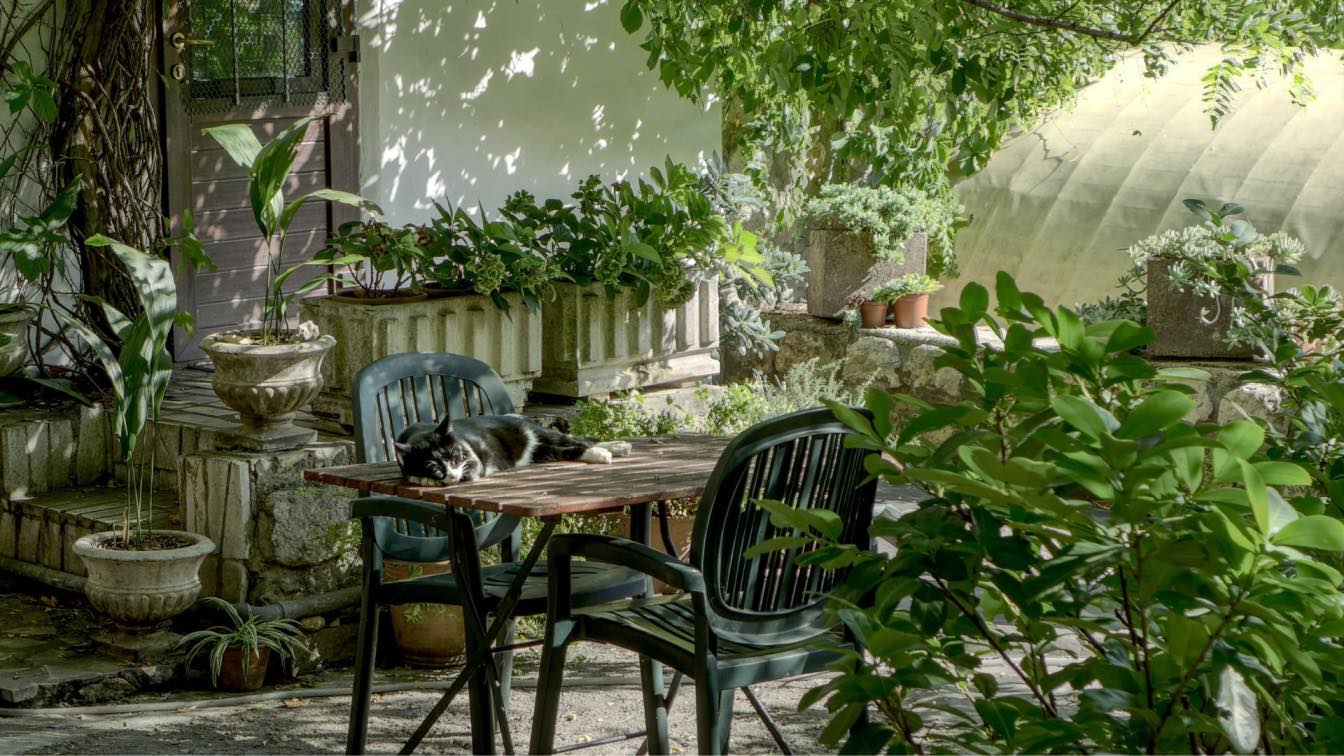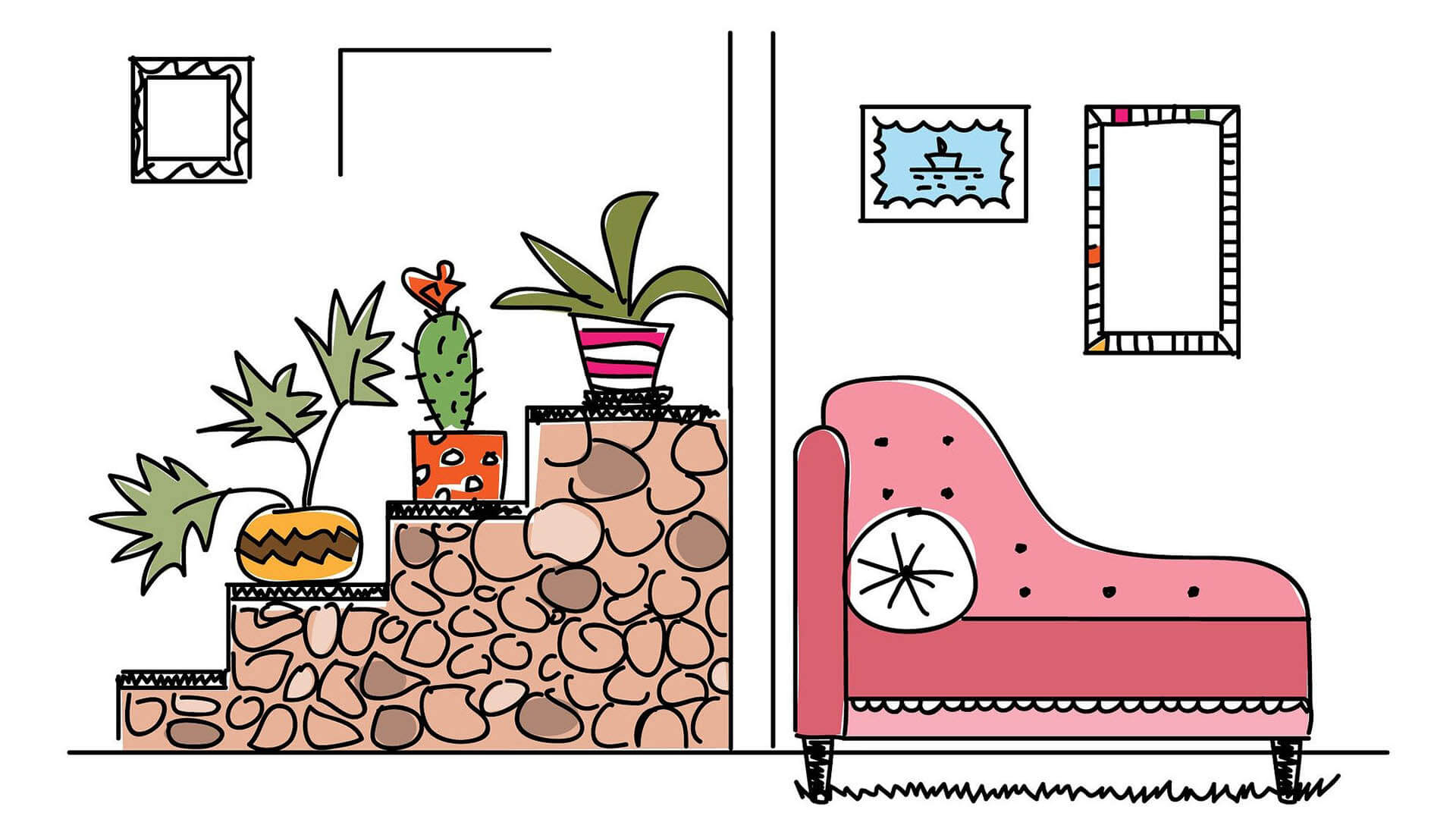Summer is fast approaching, which means it's time to get your garden ready for the season! The warm weather and longer days offer a perfect opportunity to spend more time outdoors and add some vibrant colors to your yard. But before you start planting flowers and vegetables, there are a few essential steps you need to take first. In this guide, we'll walk you through everything you need to know about getting your garden summer-ready so that it can thrive all season long. From soil preparation to plant selection, we've got you covered with expert tips and advice that will make gardening fun and easy!
Planning Your Garden Design
Before you can start planting, you need to take some time to plan out your garden design. This will help you determine how much space you need for each plant, and where to put them in your yard.
There are a few things to keep in mind when planning your garden design:
- The size of your yard will determine how large (or small) your garden can be.
- The amount of sun and shade in your yard: Some plants need full sun, while others do better in shady areas.
- Your soil type: Different plants prefer different types of soil. If you're not sure what kind of soil you have, get it tested by a local gardening center.
Once you know these things, you can start sketching out a basic plan for your garden. You can use graph paper to make it easy, or just freehand it on a piece of plain paper. Just leave enough space between each plant so they have room to grow!
Gardening Supplies You’ll Need
You can’t have a great summer garden without the right supplies! Here’s what you’ll need to get started:
- Gardening gloves: To protect your hands from thorns, dirt, and other potential hazards.
- A watering can or hose: For giving your plants the water they need to thrive.
- Fertilizer: This will help your plants grow strong and healthy.
- Pruning shears: Essential for keeping your plants looking neat and tidy.
- A gardening hat or sunblock: To shield you from the sun’s harmful rays.
Preparing the Soil for Planting
Before you can plant anything in your garden, you need to make sure the soil is ready. The first step is to loosen the soil with a shovel or tiller. You want to make sure the soil is loose enough that roots can quickly grow through it.
Once the soil is loosened, you need to add some organic matter. This can be anything from compost to leaves. Organic matter helps improve drainage and adds nutrients to the soil.
After adding organic matter, you need to test the pH of the soil. This can be done with a simple pH test kit from a gardening store. Most plants prefer neutral to slightly acidic soils, so if your soil is too alkaline or too acidic, you may need to adjust it.
Once the soil is prepared, you can start planting!
Choosing Plants Suitable for Your Garden
When it comes to choosing plants for your garden, there are a few things you need to take into consideration. The first is the climate in your area. Certain plants will only grow in certain climates, so it’s important to know the average temperature and rainfall where you live before making any decisions.
Another thing to think about is what kind of soil you have. Different plants prefer different types of soil, so you’ll need to do a little research to figure out which ones will thrive in the conditions you have.
Once you’ve taken those factors into account, you can start looking at which plants will work best for the space you have available and the look you’re going for. If you want a low-maintenance garden, look for plants that don’t require a lot of water or care. If you want something that will add color and interest, choose flowers or other showy plants. And if you want fruits or vegetables, make sure to choose varieties that will do well in your climate and soil type.
With a little planning and research, picking out the perfect plants for your garden can be easy and fun!
Planting and Caring for Your Garden
It’s important to get your garden ready for the summer so that you can enjoy it all season long! Here are a few tips on how to do just that:
1. Plant Your Garden: Be sure to choose plants that will thrive in the summer heat, such as tomatoes, peppers, eggplants, and squash. August is also a great time to plant perennials, such as coneflowers and black-eyed Susans.
2. Care for Your Garden: Water your plants regularly, especially during hot weather. Consider getting lean-to greenhouse to protect them from sun exposure. Also, be sure to pull weeds and keep an eye out for pests. When pulling weeds, it's best to do it by hand. Wear gardening gloves to protect your hands and grip the weed firmly at the base, near the soil. Gently pull the weed upward, making sure to remove the entire root system. If you prefer an alternative method, you can also consider using homemade weed killer solutions as a supplement to manual weeding. Remember, regular weeding is essential to prevent weeds from competing with your plants for water, nutrients, and sunlight.
3. Enjoy Your Garden: Don’t forget to take the time to appreciate all your hard work! Sit back and enjoy the fruits (and vegetables) of your labor.
Watering Techniques
To ensure your garden stays healthy during the summer, it's important to water regularly and effectively. Here are some tips on how to water your garden:
- Water in the morning or evening when it is cooler outside. Avoid watering during the heat of the day as this can cause evaporation and stress on the plants.
- Use a hose with a sprinkler attachment or a watering can to distribute water evenly over the garden bed.
- If possible, set up drip irrigation or soaker hoses to deliver water directly to the roots of the plants. This is especially important for deep-rooted plants such as trees and shrubs.
- Make sure you are not overwatering by checking the soil moisture before each watering. The soil should be moist but not soggy.
Companion Planting
Companion planting is a tried and true method for natural pest control in the garden. By planting certain vegetables next to each other, you can attract predators that will keep pests away from your crop. Additionally, certain plants release chemicals that repel pests or inhibit their growth. When companion planting, it's important to consider the needs of each plant, as well as the size and growth habits of each one. Here are a few recommended combinations:
Marigolds & tomatoes: Marigolds release a chemical that inhibits the growth of many common tomato pests.
Basil & Tomatoes: Basil releases a chemical that attracts predators of tomato pests. Additionally, it can help improve the flavor of your tomatoes!
Beans & corn: Beans fix nitrogen in the soil, making it available for corn to use. Additionally, their tall structure provides support for climbing vines like pole beans.
Cabbage & strawberries: Cabbage emits a gas that deters many common insect pests from infesting strawberry plants.
Mulching to Regulate Soil Temperature
Mulching is an important gardening technique that helps to regulate soil temperature. During the summer months, mulching can help to keep the soil cool and moist, which is perfect for heat-sensitive plants. Mulching also helps to reduce evaporation from the soil, which means that your plants will be able to retain more moisture. There are a variety of materials that can be used for mulching, including straw, bark chips, and even newspaper.
Controlling Pests and Diseases in the Garden
To have a successful garden, you must take steps to control pests and diseases Here are some tips on how to do this:
- Inspect your plants regularly for signs of pests or disease. If you see anything suspicious, take action immediately.
- Keep your garden clean and free of debris. This will help discourage pests and diseases from taking hold.
- Use pest and disease-resistant plants whenever possible.
- Practice good gardening hygiene, such as washing your hands after working in the garden and disinfecting tools regularly.
- Make sure to water your plants properly – both too much and too little water can lead to problems with pests and diseases.
By following these tips, you can help keep pests and diseases under control in your garden so that you can enjoy a bountiful harvest all summer long!
Common Mistakes to Avoid When Gardening in Summer
If you're getting your garden ready for summer, there are a few common mistakes you'll want to avoid. Here are some of the most common gardening mistakes to avoid this summer:
Overwatering - One of the most common gardening mistakes is overwatering. When it's hot and dry outside, it's easy to forget that plants need less water than usual. Overwatering can lead to root rot, which can kill your plants.
Not Mulching - Mulch is vital for keeping your soil cool and moist in the summer heat. Without mulch, your soil will quickly dry out and your plants will suffer.
Fertilizing Too Much - Another common mistake is fertilizing too much. This can burn your plants' roots and damage them. only fertilize your plants when they need it, and be careful not to overdo it.
Pruning at the Wrong Time - Pruning at the wrong time can damage or even kill your plants. In general, you should prune in late winter or early spring, before new growth begins.
With the right preparation, your garden can be ready to enjoy all summer long. By following these tips, you can ensure that your plants are healthy and thriving during warm weather. Be sure to water regularly, fertilize periodically, prune and trim for better growth, and deadhead as needed. You may also want to consider adding some new perennials or annuals for bright pops of color amongst your greenery. With a little attention and TLC throughout the season, you'll have a beautiful blooming garden in no time!





